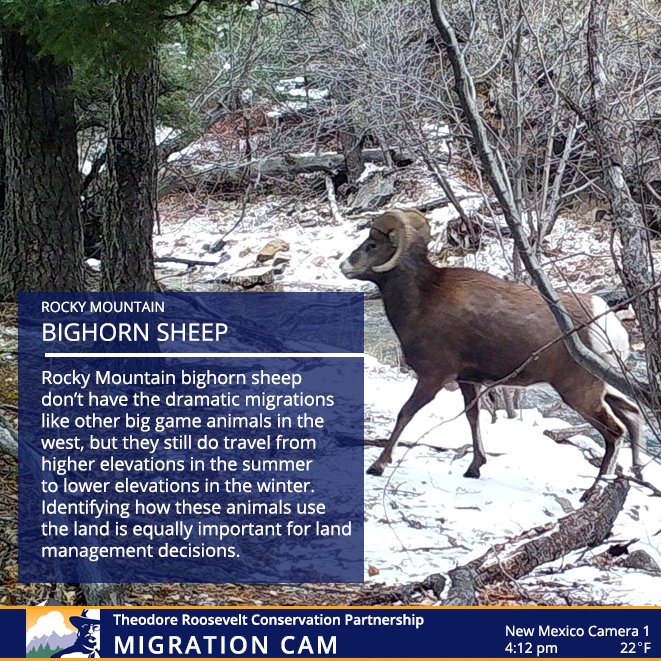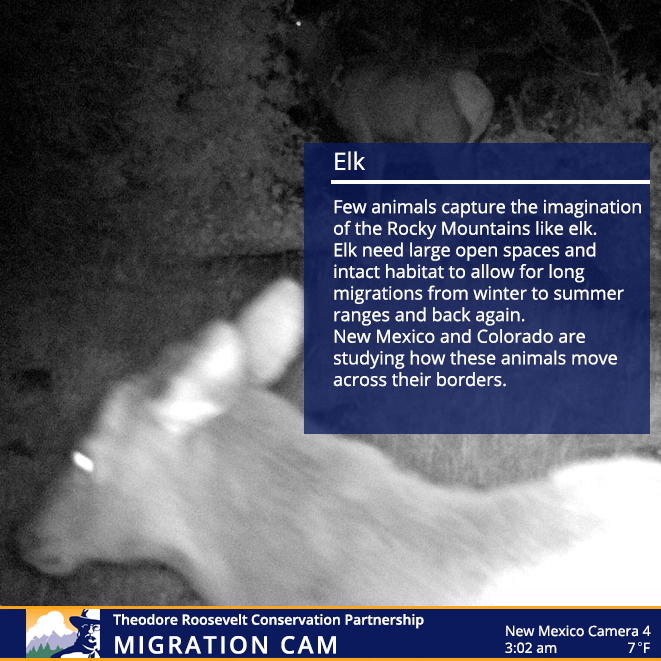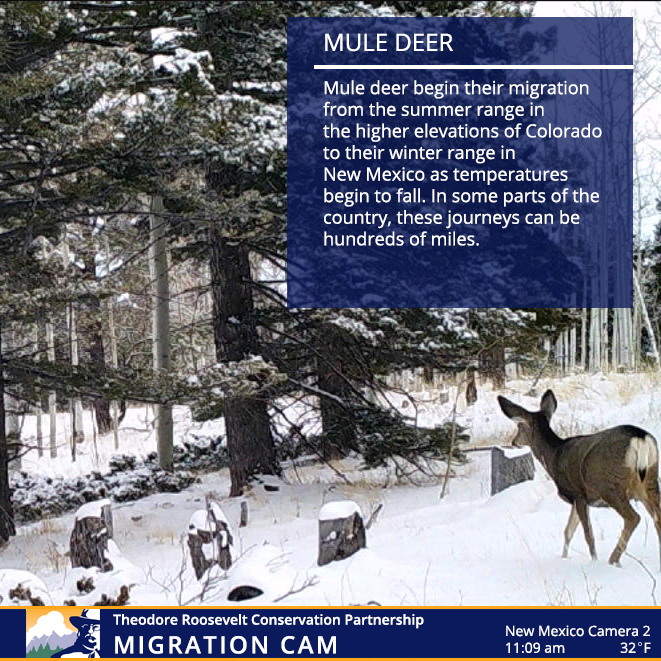North American Wetlands Conservation Act and the National Fish Habitat Conservation Through Partnerships Act Clear Key Hurdle
The Senate Environment and Public Works Committee today passed comprehensive wildlife conservation legislation that includes, among other major wins, authorization of two key initiatives that lay the groundwork for stronger management of wetlands, water, and fish habitat.
The North American Wetlands Conservation Act and the National Fish Habitat Conservation Through Partnerships Act both received unanimous bipartisan support as they made their way to the Senate floor.
The North American Wetlands Conservation Act was originally enacted in 1989 in an effort to restore wetland habitat for ducks, geese, and upland birds, provide flood control, reduce coastal erosion, and improve water quality. The Act is one of the great success stories of the modern conservation era and has funded nearly 3,000 projects through $1.73 billion in grants. More than 6,200 partners have contributed another $3.57 billion in matching funds to conserve 30 million acres of habitat.
“Among a multitude of benefits, wetlands provide excellent waterfowl habitat, contribute to carbon sequestration, and improve coastal resilience,” said Whit Fosburgh, president and CEO of the Theodore Roosevelt Conservation Partnership. “The North American Wetlands Conservation Act underpins many ongoing efforts to restore and safeguard these landscapes, which are critical to the future of hunting and fishing in America. For thirty years, this law has proven itself the model of conservation investment done right.”
The National Fish Habitat Partnership, a collective of 20 diverse groups across every landscape in America, has already succeeded in boosting fish populations through on-the-ground fish habitat conservation projects. Since 2007, more than 840 projects have been completed across all 50 states. But the future success of these partnerships is perennially threatened because the initiative has no permanent authorization and funding has been cut year after year. The National Fish Habitat Conservation Through Partnerships Act invests in the Program for the first time and formally establishes the National Fish Habitat Board to guarantee all stakeholders—tribes, nonprofits, local and state governments, private sector entities, and the federal government—have a seat at the table.
“Anglers are committed to advancing the conservation efforts of the Partnership,” added Fosburgh. “The National Fish Habitat Conservation Through Partnerships Act tackles some of the biggest challenges to fish habitat conservation head on. The TRCP is proud to be part of this effort moving forward.”
Earlier this year in a bipartisan vote, the U.S. House passed companion legislation for both bills, paving the way for support by Senate Democrats and Republicans.
The legislation passed by the Environment and Public Works Committee today also includes language to reauthorize the National Fish and Wildlife Foundation, create a coordinating task force between federal and state agencies on Chronic Wasting Disease, and reauthorize the Chesapeake Bay Program, a funding stream that helps Bay watershed states meet water quality goals.
“Thanks to the leadership of Chairman Barrasso and Ranking Member Carper and committee staff, we move one critical step closer to getting these bipartisan provisions on the President’s desk,” said Fosburgh.
More information about the National Fish Habitat Partnership is available HERE.
Photo courtesy of U.S. Fish and Wildlife Service.









Seems to me that’s about half of the authorization for LWCF
Fully funded is only $900-Million (only happened twice), and has never been indexed for inflation, so $495 is just over half of what should be a starting line…
Explain how this helps me in particular.
I am a small game hunter in Connecticut.
I think Paul is correct. As I recall full funding for LWCF in 2020 would be about $965 million.
NO
Let’s preserve what God has given us!
Although the funding is great, the issue is way more complex than just throwing money at it. Increasing numbers of hunters in a world of increasingly limited places and wildlife resources to hunt is a contradiction in logic. Maybe it can be done, but it is going to require that acknowledgement that we have a big problem with privatization of our publically-owned wildlife and land resources. A good start would be getting back to the fundamental ideology of wildlife law in this country that wildlife, wherever it lives, belongs to the public,…and public lands, wherever they are, should be accessible to the public. Without that adjustment in “attitude”, throwing money towards putting more hunters in the field is just exacerbating an already festering problem.
In a lot of places we are at “carrying capacity” for the amount of hunters that can be fielded. The money needs to used for leasing access or land acquisition in order to increase the numbers of hunters. The three R’s is a great program and this change could possibly help it to grow.
The 3 R’s program sounds great but the current restrictions that are going in effect or trying to be passed on gun control deters the people that you are trying to recruit. The Pitman Robertson act is a very good policy. I hate seeing the funds diverted to new areas.